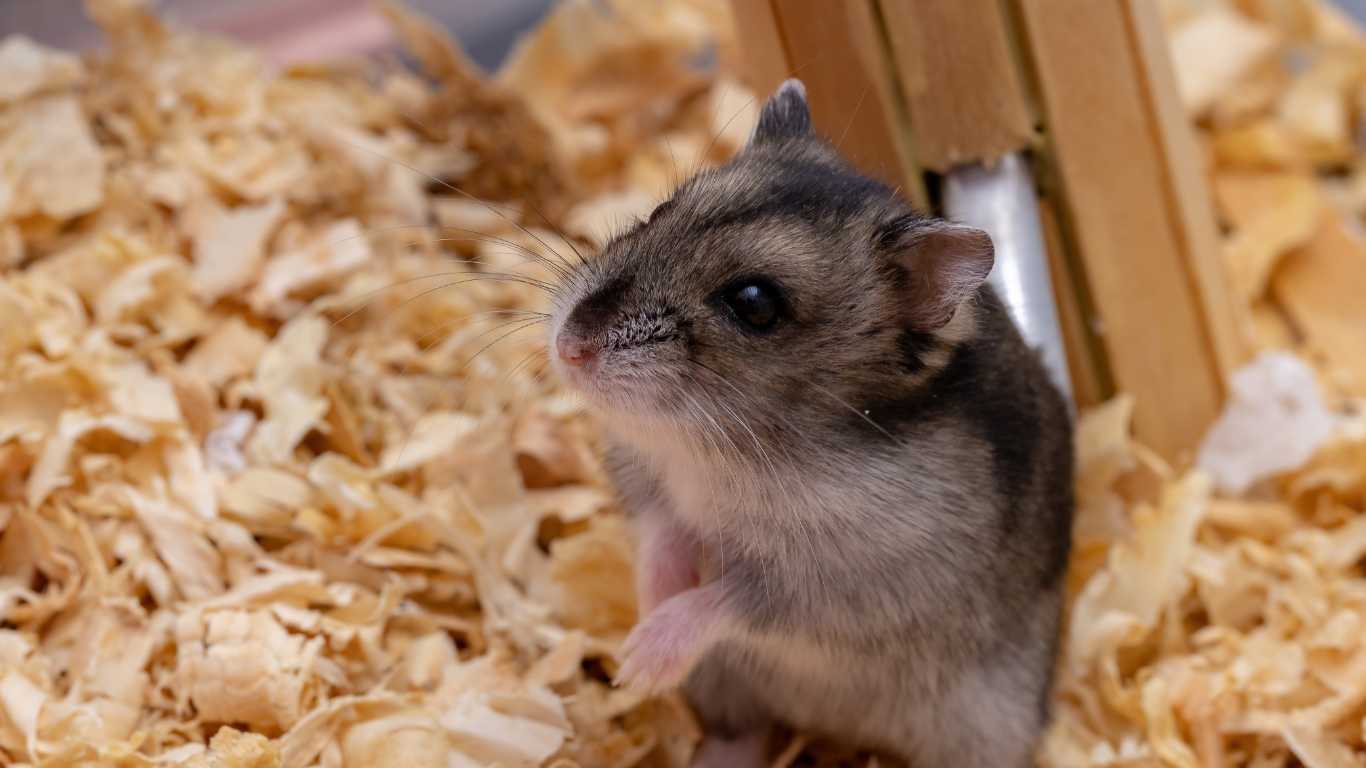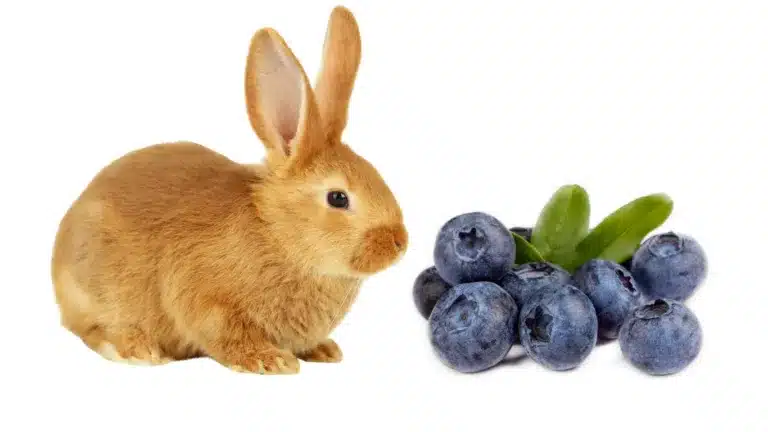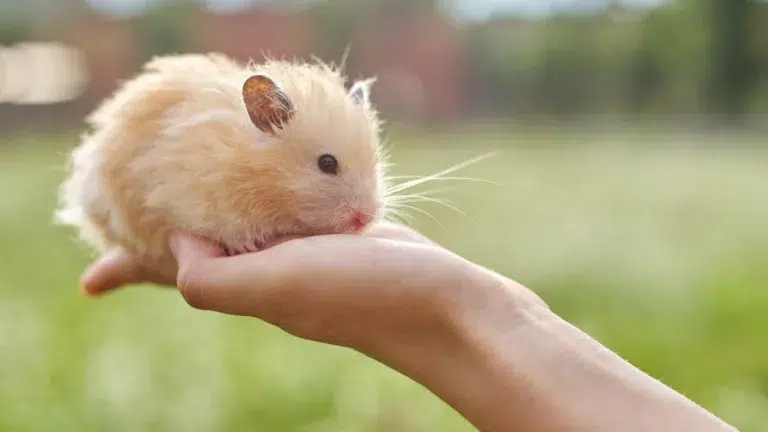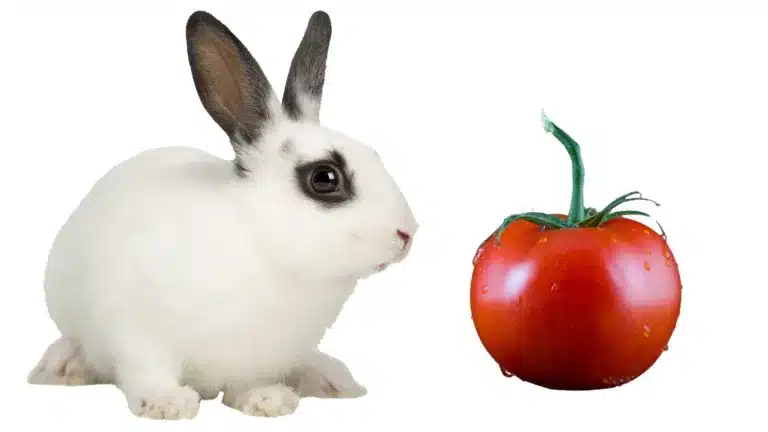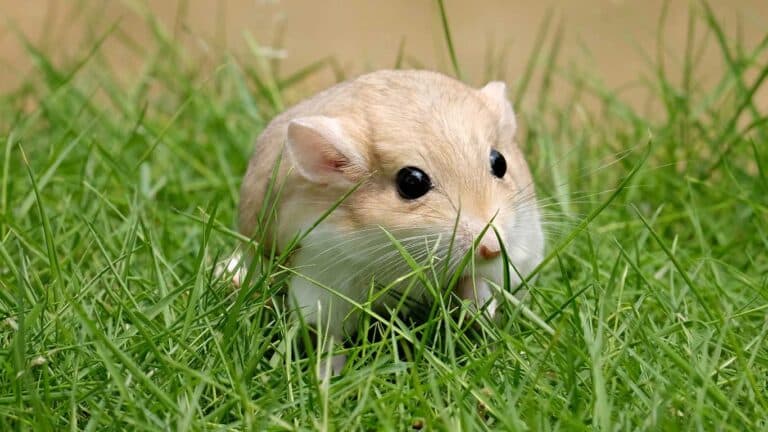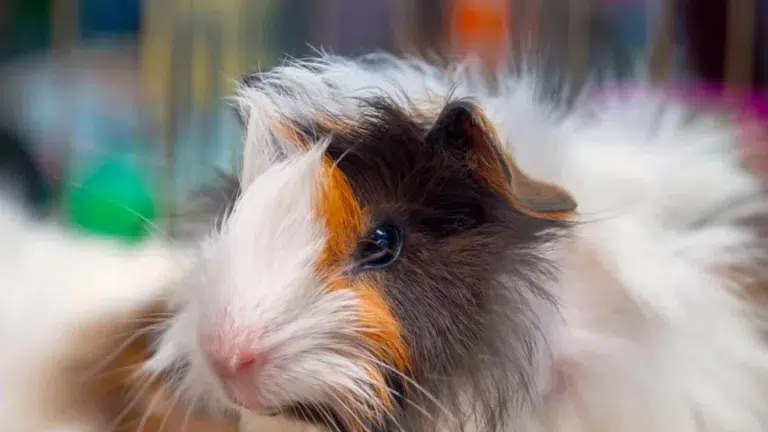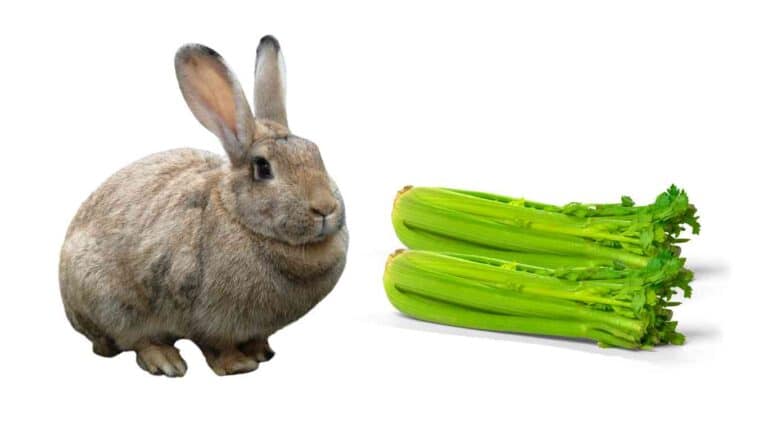Welcome to our guide on Russian Campbell hamsters, also known as Campbell’s Dwarf Hamsters. These adorable little creatures are fascinating pets with their distinct characteristics and behaviors. Whether you’re a seasoned pet owner or considering getting a Russian Campbell hamster for the first time, this article will provide you with valuable insights into their habitat, lifespan, breeding, social behavior, diet, health issues, and more. So, let’s delve into the world of Russian Campbell hamsters and discover what makes them so special.
Hamster Highlights:
Habitat of Russian Campbell Hamsters
In the wild, Russian Campbell hamsters thrive in the vast steppes and semi-arid regions of Central Asia. Their natural habitat encompasses the picturesque landscapes of the Altay Mountains and the provinces of Heilungkiang and Hebei in Northeastern China. These incredibly adaptable creatures have developed unique traits that enable them to survive in the challenging conditions of their homeland.
Russian Campbell hamsters are renowned for their exceptional burrowing skills. Using their powerful forelimbs and sharp claws, they can create burrows that extend up to three feet deep into the ground. These underground dwellings serve as their safe havens, providing protection from predators and extreme weather. Inside their burrows, Russian Campbell hamsters create cozy nests made from scavenged materials such as sheep’s wool and dry grasses. This lining helps regulate the temperature, maintaining an average of 62 degrees Fahrenheit, ensuring their comfort throughout the year.
The habitat of the Russian Campbell hamster is also home to a variety of predators. These small creatures must constantly be on the lookout for threats from natural enemies such as owls, foxes, falcons, and weasels. To enhance their chances of survival, they have developed keen senses and instinctual behaviors, making it easier for them to detect potential dangers and respond accordingly.
Lifespan of Russian Campbell Hamsters
Russian Campbell hamsters are known for their relatively short lifespan when kept in captivity. On average, these hamsters live for 18-36 months, providing a few years of companionship. However, it’s important to note that individual lifespan can vary depending on factors such as genetics, diet, and overall care.
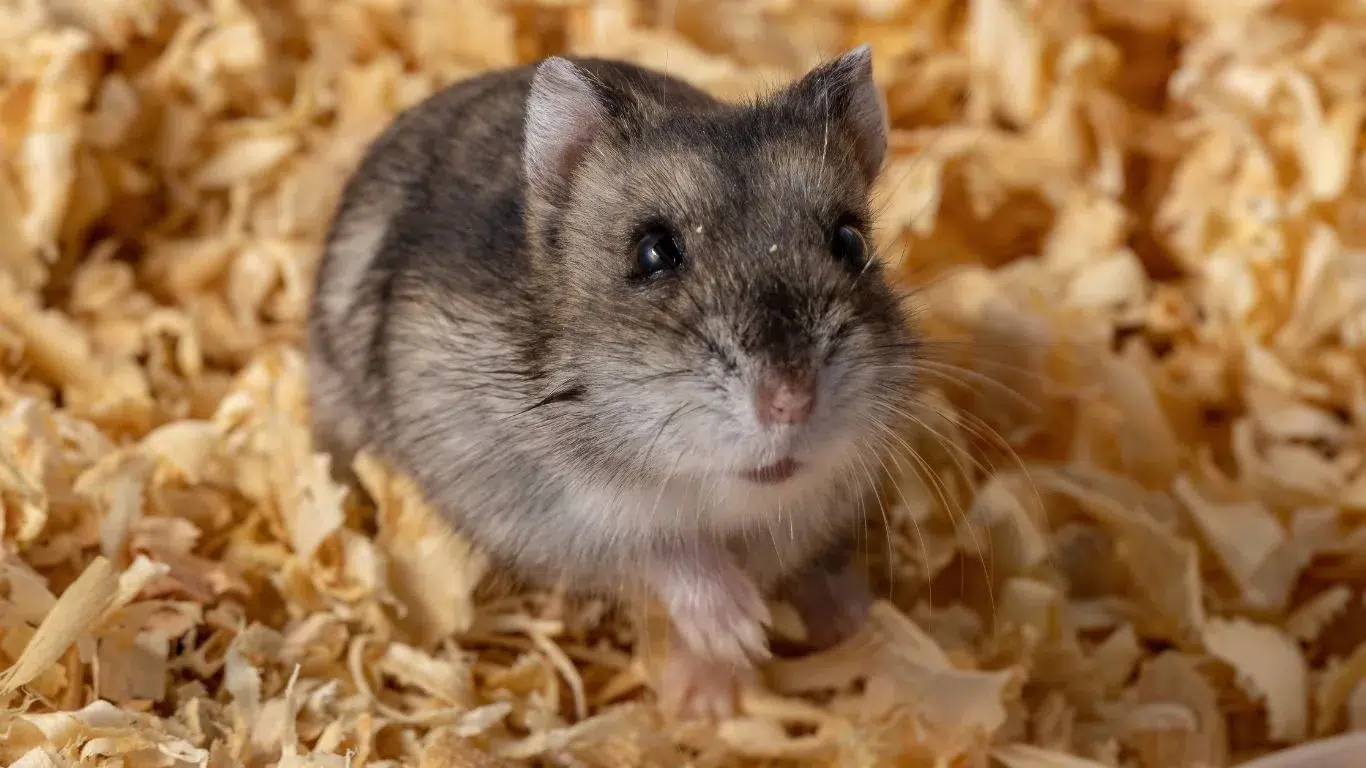
These hamsters reach sexual maturity at a young age, usually around five weeks. Once mature, they have the ability to breed and produce litters of adorable pups. Russian Campbell hamsters usually have litters consisting of 4-6 pups, although larger litters of up to 21 pups have been recorded in some cases.
The gestation period for Russian Campbell hamsters lasts approximately 18-21 days. After giving birth, female hamsters can mate again immediately, leading to subsequent litters. This rapid reproductive cycle showcases the species’ ability to breed efficiently.
Life Expectancy Comparison:
| Hamster Species | Average Lifespan |
|---|---|
| Russian Campbell Hamster | 18-36 months |
| Syrian Hamster | 1.5-2 years |
| Roborovski Hamster | 2-3 years |
As seen in the table above, Russian Campbell hamsters have a slightly shorter lifespan compared to Syrian hamsters and Roborovski hamsters. This highlights the importance of making the most of the time spent with these fascinating creatures.
Despite their shorter lifespan, Russian Campbell hamsters can still bring joy and companionship to your life. Their curious and playful nature make them wonderful pets, and with the right care and attention, you can create lasting memories together.
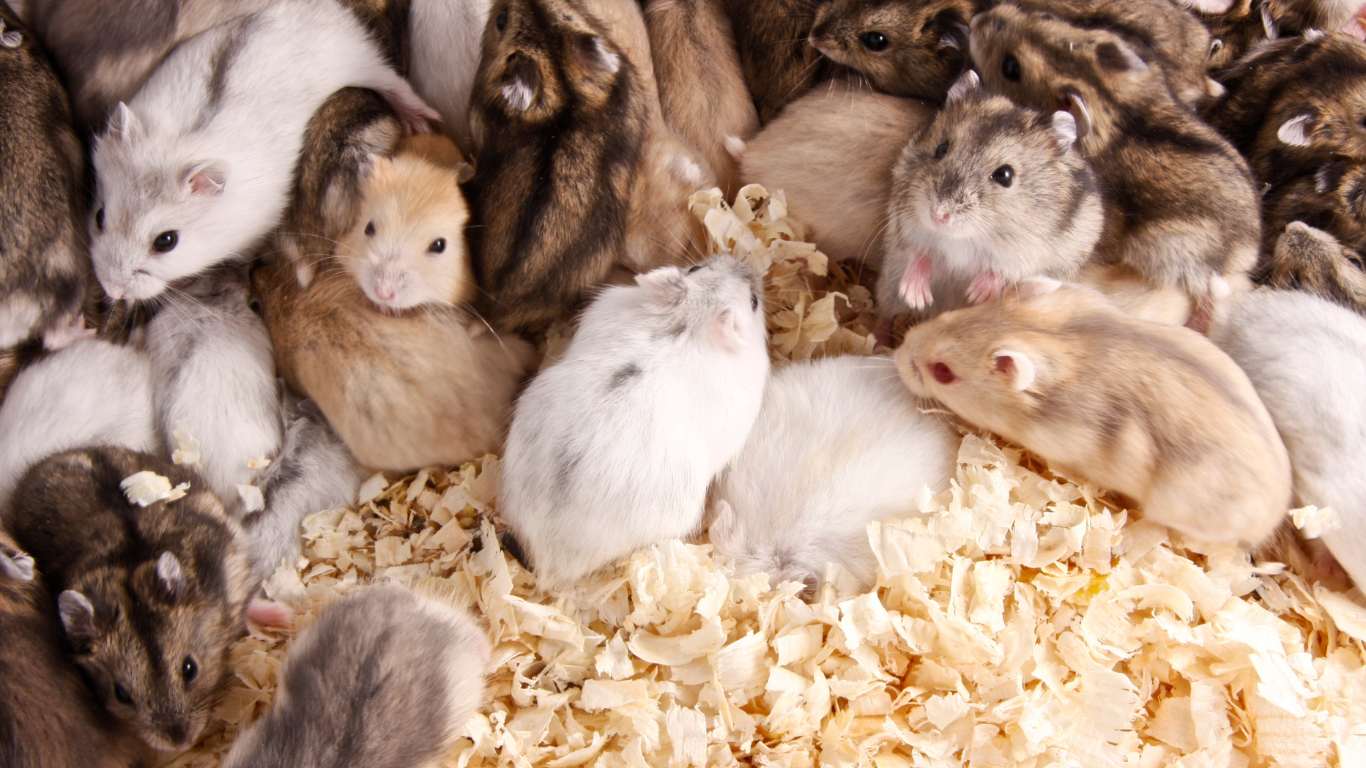
Breeding Russian Campbell Hamsters
Breeding Russian Campbell hamsters in captivity is relatively simple compared to breeding Syrian hamsters. Male and female Russian Campbell hamsters can be kept together in mixed-sex groups or pairs, and they will naturally breed. It is best to establish pairs or groups at a young age, as introducing older hamsters can result in fighting.
Mating is not always observed, but if it is, the time of the expected arrival of the litter can be roughly calculated. The female will show signs of pregnancy a couple of days before giving birth, such as increased aggressiveness towards the male and nesting behavior. The female will usually give birth to the pups during the evening, night, or early morning.
Breeding Tips for Russian Campbell Hamsters:
- Keep male and female hamsters together in mixed-sex groups or pairs to encourage natural breeding.
- Introduce hamsters at a young age to avoid fighting.
- Watch for signs of pregnancy, such as increased aggression towards the male and nesting behavior.
- Expect the female to give birth during the evening, night, or early morning.
Breeding Russian Campbell hamsters in captivity can be a rewarding experience. With proper care and attention, these adorable creatures will reproduce naturally and bring joy to any hamster enthusiast.
| Advantages of Breeding Russian Campbell Hamsters | Disadvantages of Breeding Russian Campbell Hamsters |
|---|---|
| 1. Natural breeding behavior | 1. Possibility of aggression between hamsters |
| 2. Minimal intervention required | 2. Male hamsters may need to be separated from the female after mating |
| 3. Opportunity to observe the birthing process | 3. Care needed to ensure the health of the mother and pups |
Quote:
“Breeding Russian Campbell hamsters is a fascinating process that allows you to witness the natural behaviors and instincts of these adorable creatures.”
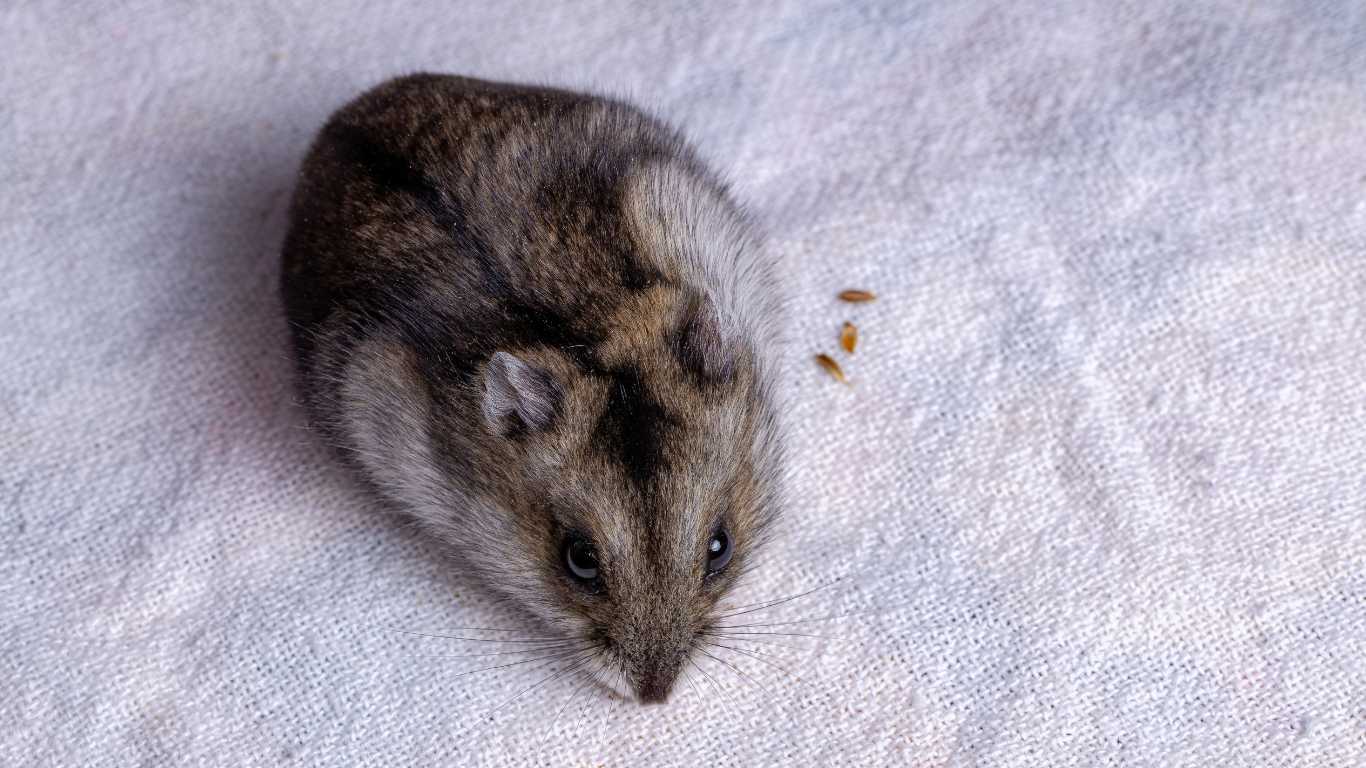
Social Aspects of Russian Campbell Hamsters
Russian Campbell hamsters are highly sociable creatures that thrive in the company of others. They can be kept in colonies, making them an excellent choice for those seeking an interactive pet. Unlike their Syrian hamster counterparts, Russian Campbell hamsters have a natural inclination towards social behavior, allowing them to coexist peacefully in same-sex or mixed-sex groups.
Introducing Russian Campbell hamsters to each other at a young age is key to fostering harmonious relationships within the colony. This early introduction helps them establish social bonds and reduces the likelihood of aggression or territorial disputes.
One intriguing aspect of their social behavior is the active role male Russian Campbell hamsters play in the birth and rearing of their young. While females are primarily responsible for nurturing the pups, male hamsters are known to assist in the delivery process. They may lend a helping hand by pulling the pups from the birth canal, cleaning them, and standing guard while the female attends to other matters outside the nesting area. This shared parental responsibility is a remarkable feature unique to Russian Campbell hamsters.
“The social behavior of Russian Campbell hamsters is truly fascinating. They form strong bonds with their companions and actively participate in the upbringing of their offspring.”
– Dr. Emily Carter, Hamster Researcher
The cooperative nature of Russian Campbell hamsters makes them ideal companions for those looking to observe the intricacies of social interactions among small animals.
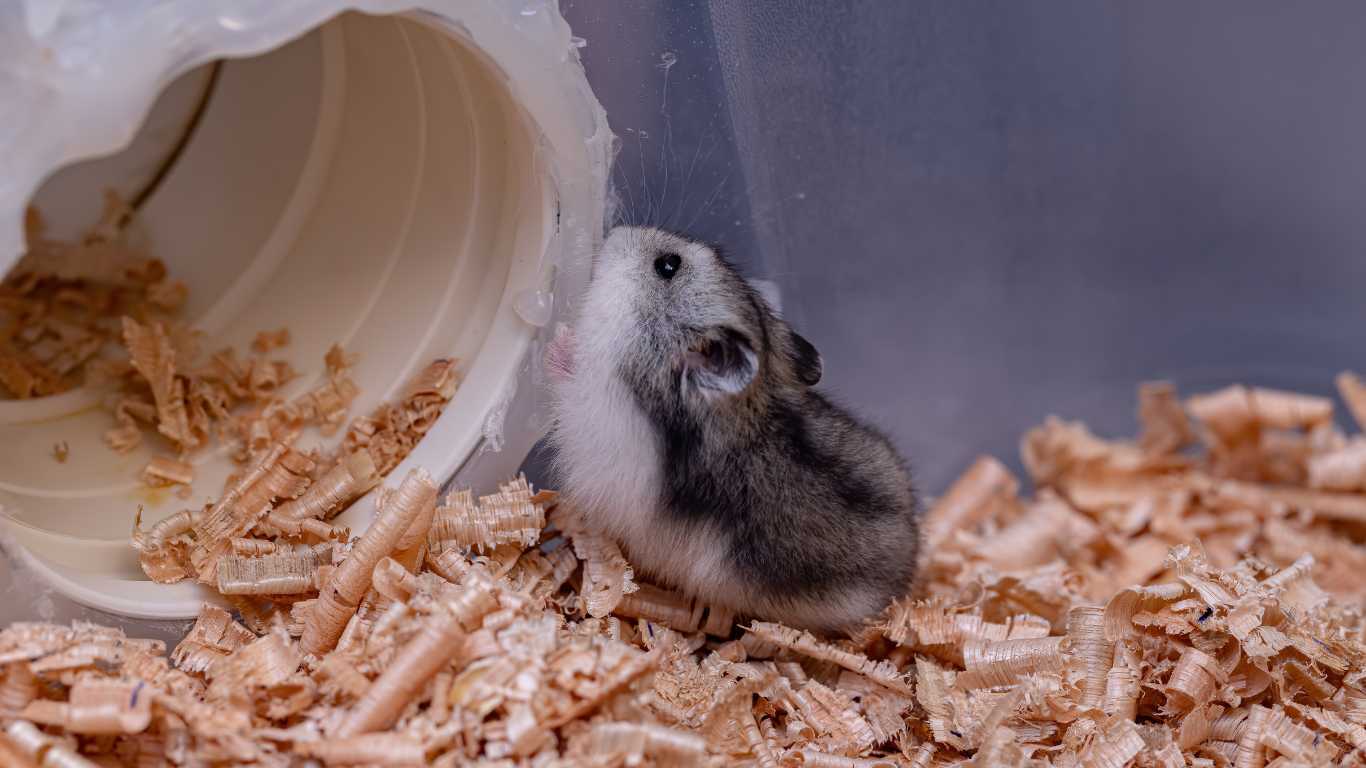
Housing Russian Campbell Hamsters in Colonies
When setting up a habitat for a colony of Russian Campbell hamsters, it’s crucial to provide sufficient space and resources to accommodate the social structure. A cage with multiple levels, tunnels, and hiding spots ensures that each hamster has their own territory and can seek privacy when necessary.
Offering separate feeding and drinking stations is essential in preventing resource competition and ensuring all hamsters have equal access to food and water.
Regular observation and monitoring of the colony dynamics are necessary to identify any signs of aggression or dominance. If conflicts arise, it may be necessary to temporarily separate individuals until they can be reintroduced in a controlled manner.
Benefits of Social Interaction for Russian Campbell Hamsters
The social behavior of Russian Campbell hamsters offers several advantages for their overall well-being:
- Enhanced mental stimulation and enrichment from social interactions
- Opportunities for grooming and mutual care, which promotes a healthy coat and skin
- Lessened sense of loneliness and boredom, leading to overall contentment
- Increased opportunities for exercise and play, promoting physical fitness
- Lower risk of developing stereotypical behaviors associated with isolation
By understanding and respecting the social needs of Russian Campbell hamsters, owners can provide a stimulating and enriching environment that promotes their well-being.
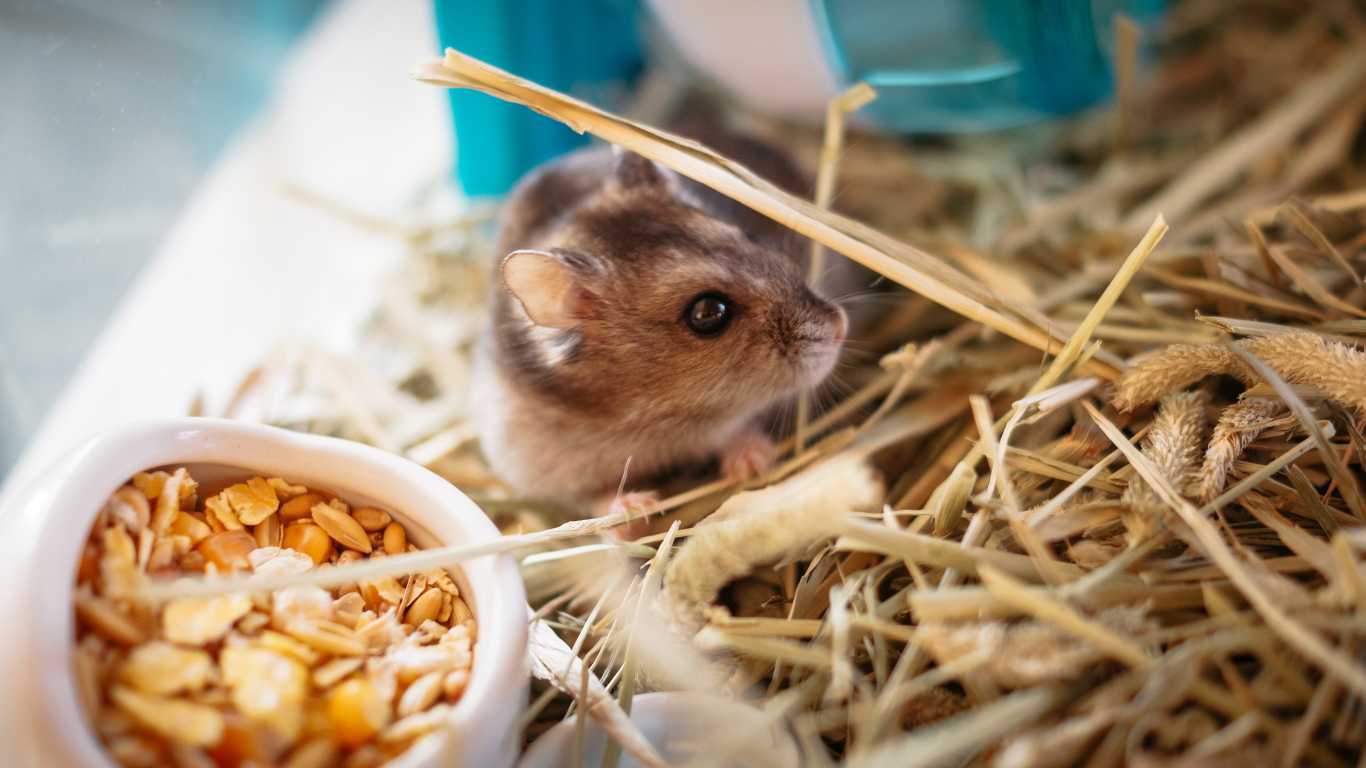
Diet of Russian Campbell Hamsters
Russian Campbell hamsters have a varied diet in the wild, consisting of grains, seeds, and vegetables. In captivity, you can provide them with a nutritionally balanced diet by feeding them commercial seed mixes and food pellets. Supplement their diet with occasional fresh vegetables to ensure they receive the necessary vitamins and minerals.
When selecting a commercial seed mix or food pellets, make sure they contain a good balance of proteins, fibers, carbohydrates, and fats to meet the nutritional needs of your Russian Campbell hamster. Avoid feeding them sugary foods such as fruits, corn, peas, and treats that may contain high levels of sugar, as these can cause health issues.
It is important to note that hamsters have continuously growing incisors, and they need opportunities to gnaw and wear down their teeth. Providing your Russian Campbell hamster with gnawing opportunities, such as chew sticks or untreated wooden toys, will help prevent their incisors from overgrowing.
Table: Recommended and Not Recommended Foods for Russian Campbell Hamsters
| Recommended Foods | Not Recommended Foods |
|---|---|
| Grains (e.g., oats, barley, wheat)Seeds (e.g., sunflower seeds, pumpkin seeds)Vegetables (e.g., broccoli, carrots, cucumber)Commercial seed mixesFood pellets | Fruits (high in sugar)CornPeasTreats with high sugar content |
Care should also be taken when choosing bedding for your Russian Campbell hamster’s cage. Heavily-scented wood-based cage litters can cause allergies and respiratory problems in hamsters. It is recommended to use paper-based or aspen shavings as bedding, as they are safer for their respiratory system.

Other Health Issues of Russian Campbell Hamsters
Russian Campbell hamsters, like all living creatures, can experience certain health issues. Being aware of these issues and taking appropriate measures can help ensure the well-being of your furry friend.
Diabetes
Russian Campbell hamsters are susceptible to diabetes, a condition that affects their blood sugar levels. To prevent the development of diabetes, it is crucial to avoid feeding them sugary foods. Additionally, when selecting breeding individuals, it is recommended to exclude those with a history of diabetes.
Poor Eyesight and Depth Perception
Russian Campbell hamsters have relatively poor eyesight and depth perception. However, they compensate for this by relying on their keen sense of smell and scent glands. It’s important to create an environment that accommodates their visual limitations and takes advantage of their other sensory abilities.
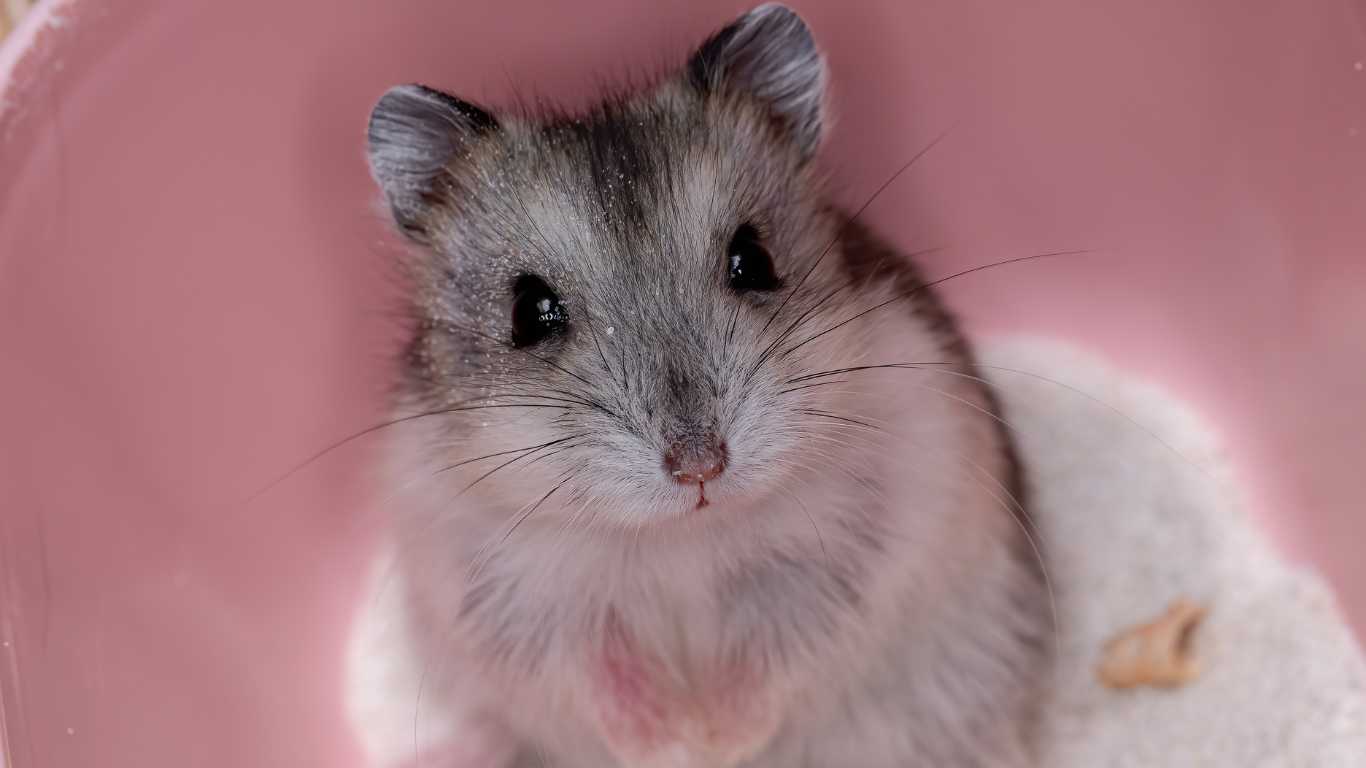
Cataracts
Cataracts, a clouding of the lens in the eye, can be common in older hamsters, including Russian Campbell hamsters. Regular check-ups with a veterinarian are essential to identify and manage cataracts promptly. Providing a balanced diet and ensuring a clean living environment can help reduce the risk of developing cataracts.
Dental Care
Proper dental care is crucial for the oral health of Russian Campbell hamsters. Their incisors continuously grow, and if not properly worn down, they can overgrow and cause discomfort or even health issues. Providing gnawing opportunities, such as wood chew toys, and offering a diet that promotes natural wear of the teeth can help prevent dental problems.
Respiratory Health
When choosing bedding for your Russian Campbell hamster, it’s important to prioritize their respiratory health. Paper-based or aspen shavings are recommended over pine or cedar, as the latter can release harmful substances that may cause respiratory problems. Keeping their living environment clean and well-ventilated is also essential.
| Health Issue | Prevention |
|---|---|
| Diabetes | Avoid feeding sugary foods Avoid breeding individuals with diabetes history |
| Poor Eyesight and Depth Perception | Create an environment that accommodates their limitations Encourage the use of their keen sense of smell |
| Cataracts | Regular veterinary check-ups Providing a balanced diet and a clean living environment |
| Dental Care | Provide gnawing opportunities Offer a diet that promotes natural teeth wear |
| Respiratory Health | Choose suitable bedding materials (paper-based or aspen shavings) Maintain a clean and well-ventilated environment |
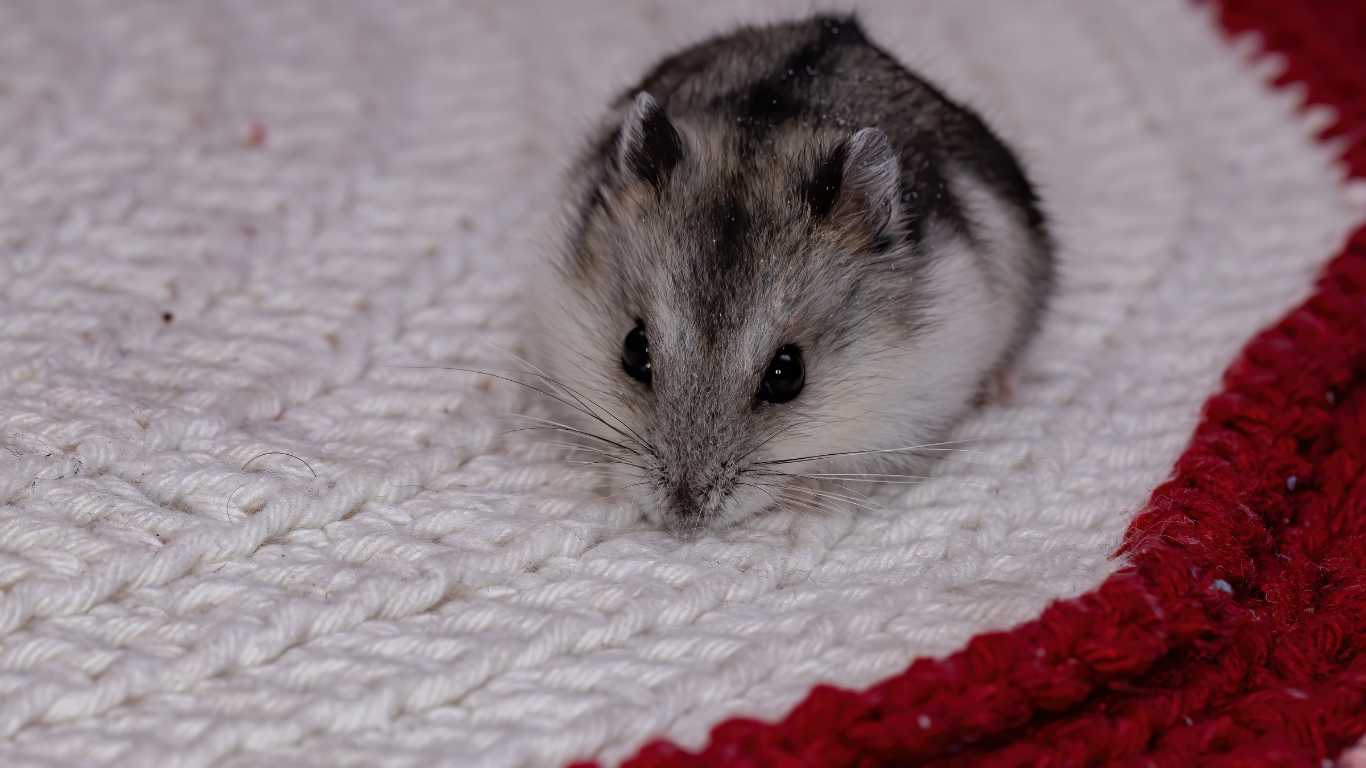
Colors and Markings of Russian Campbell Hamsters
Russian Campbell hamsters are known for their beautiful variety of colors and markings. Each individual hamster has its own unique combination, making them even more fascinating pets to have.
The fur of Russian Campbell hamsters can range from shades of grey to brown around the face. One distinctive feature is the dark and narrow dorsal stripe that runs along their back, creating a striking contrast against their fur. Additionally, the fur on their stomach is usually grey.
Another interesting aspect is the coloration of their eyes. Russian Campbell hamsters can have either dark or red eyes, which complement the color of their fur. This variation adds to the visual appeal of these adorable creatures.
Moreover, Russian Campbell hamsters display various patterns, including mottled, spotted, and striped. These patterns create even more diversity among individuals, making each hamster truly one-of-a-kind.
Below is a table summarizing the different colors and markings of Russian Campbell hamsters:
| Color | Markings |
|---|---|
| Grey | Mottled |
| Brown | Striped |
| Dark Grey | Spotted |
As you can see, there is a wide range of possibilities when it comes to the colors and markings of Russian Campbell hamsters. Whether they have a mottled grey coat or a striped brown pattern, these variations only enhance their beauty.
Seeing their vibrant colors and unique markings is sure to bring joy to any hamster lover.
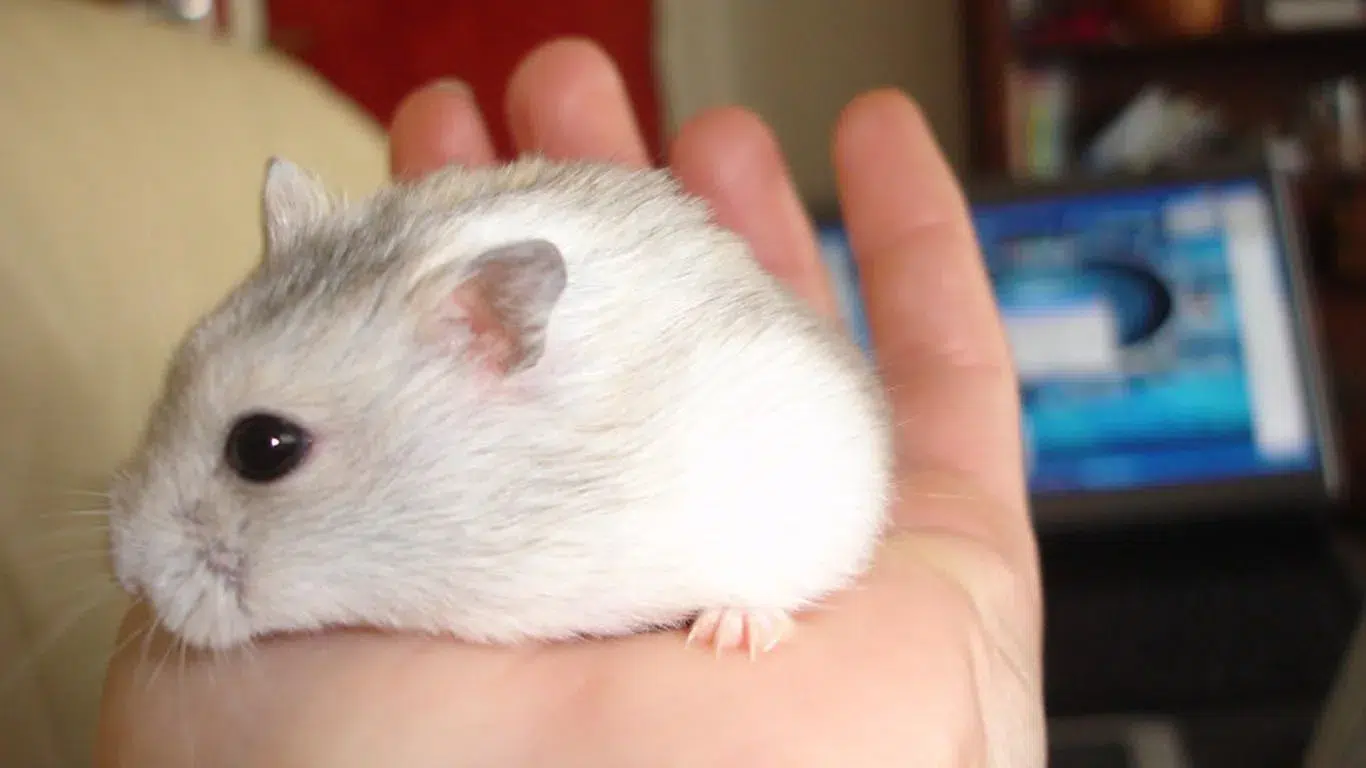
Winter White/Campbell’s Dwarf Hybrids
There is a fascinating possibility of hybridization between Winter White and Campbell’s dwarf hamsters. These two closely related species can interbreed, resulting in hybrids that exhibit traits and characteristics of both species. However, it is crucial to understand that Campbell’s dwarf hamsters and Winter White hamsters are distinct species with their own unique behaviors and traits.
Hybridization can occur both in captivity and in the wild, but it is essential to carefully manage breeding efforts to preserve the genetic integrity of each species. This includes ensuring that hybridization does not disrupt the natural populations of Campbell’s dwarf hamsters and Winter White hamsters. A responsible approach to breeding and understanding the impact of hybridization is vital for maintaining the purity and diversity of these two species.
While hybrid hamsters can be visually striking and offer a combination of traits from both parent species, it is crucial to consider the long-term effects and conservation implications. Preserving the unique characteristics and genetic diversity of Campbell’s dwarf hamsters and Winter White hamsters is essential for their conservation and future enjoyment as pets.
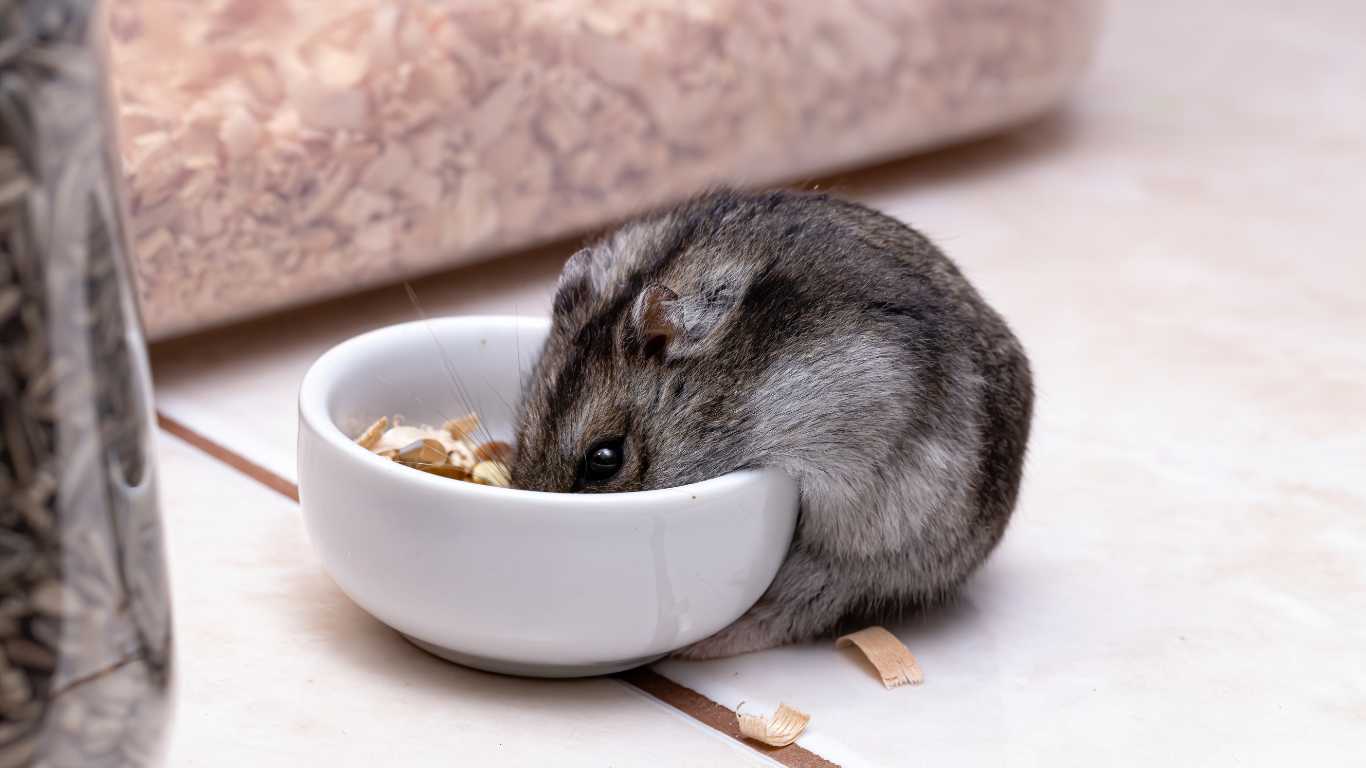
Comparison of Winter White and Campbell’s Dwarf Hybrids
| Characteristics | Winter White Hamsters | Campbell’s Dwarf Hamsters | Hybrids |
|---|---|---|---|
| Size | Small | Small | Varying |
| Color Variations | White, gray, sapphire, pearl, etc. | Gray, brown, black, sapphire, etc. | Varies depending on parentage |
| Temperament | Generally friendly | Less friendly, more likely to nip | Varies depending on parentage |
| Coat Length | Medium to long | Short | Varies depending on parentage |
| Hybrid Vigor | N/A | N/A | Potential for hybrid vigor |
As shown in the table above, hybrid hamsters may exhibit a combination of traits inherited from Winter White and Campbell’s dwarf hamsters. The specific characteristics of hybrids can vary depending on the parentage of each individual. It’s important to note that there may be a potential for hybrid vigor in terms of overall health and vitality, but this is not guaranteed and requires careful breeding practices.
Research on Mate Choice in Russian Campbell Hamsters
Studies have been conducted to understand mate choice in Russian Campbell hamsters. Female hamsters are considered the choosy sex and are believed to select males of higher quality as potential mates. Researchers have investigated male sexual traits, including external morphological characteristics and hormonal levels, to determine if they influence female mate choice. Other factors, such as intermale competition, immune responses, and aggressive behavior, have also been examined. Research has shown that females may choose a partner based on specific behaviors during sexual contact, rather than relying solely on physical traits or dominance.
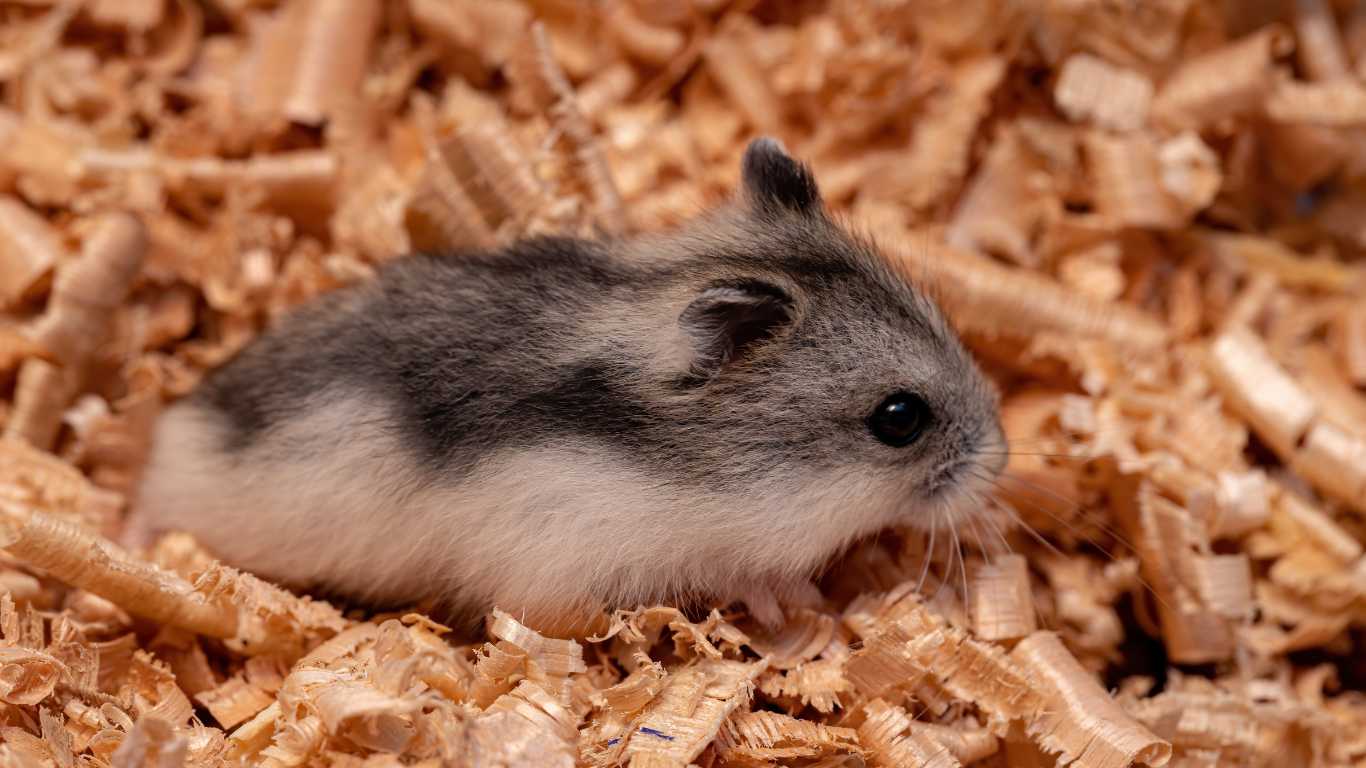
Understanding mate choice in Russian Campbell hamsters is crucial for breeding programs and gaining insights into their reproductive behavior. It provides valuable knowledge for hamster enthusiasts and helps ensure successful breeding outcomes.
“Female hamsters play a significant role in mate choice, actively selecting mates based on various factors.”
– Researcher, Russian Campbell Hamster Study
The research findings suggest that Russian Campbell hamsters have complex mate choice behaviors that go beyond physical attributes. Factors such as behavior, social interactions, and overall compatibility between individuals play a crucial role in the mating process.
In brief, the study on mate choice in Russian Campbell hamsters has shed light on the intricate dynamics involved in their reproductive behavior. By considering various factors, including physical traits, behaviors, and compatibility, breeders and hamster enthusiasts can make informed decisions to create healthy and genetically diverse hamster populations.
Continue to the next section to explore the concluding remarks and summary of the unique traits, breeding, social behavior, diet, and health considerations of Russian Campbell hamsters.
Join the Pet Planet Diaries
Sign up for our newsletter to get the latest tips, stories, and exclusive insights into the wonderful world of pets.
Final Remarks
Russian Campbell hamsters are fascinating dwarf hamsters with unique traits and behaviors that set them apart from other hamster species. While they may have a less friendly temperament, they can still make wonderful pets when introduced to a colony at a young age. The simplicity of breeding Russian Campbell hamsters makes it a manageable task for hamster enthusiasts.
With an average lifespan of 18-36 months, Russian Campbell hamsters provide companionship for a significant period. It is crucial to provide them with a diet consisting of commercial seed mixes, supplemented with fresh vegetables, while avoiding sugary foods to maintain their health and well-being. Regular dental care and careful bedding choices are necessary to prevent health issues commonly associated with the breed.
One of the most intriguing aspects of Russian Campbell hamsters is their diverse range of colors and markings, making each individual unique. Their sociable nature allows them to thrive in social settings, provided proper introductions and monitoring are in place. Russian Campbell hamsters offer a rewarding pet ownership experience with their captivating beauty, unique qualities, and engaging social behavior.
FAQ
Are Russian Campbell hamsters and Winter White hamsters the same?
No, Russian Campbell hamsters and Winter White hamsters are two different species. Although they may look similar, they have distinct traits and behaviors.
How long do Russian Campbell hamsters live?
Russian Campbell hamsters have an average lifespan of 18-36 months when kept in captivity.
Can Russian Campbell hamsters be kept together in groups?
Yes, Russian Campbell hamsters can be kept in colonies or mixed-sex groups, especially if introduced at a young age.
What should I feed my Russian Campbell hamster?
Russian Campbell hamsters can be fed commercial seed mixes and food pellets, supplemented with occasional fresh vegetables. Avoid feeding them sugary foods and treats high in sugar.
What health issues are common in Russian Campbell hamsters?
Russian Campbell hamsters can be prone to diabetes, cataracts, and dental problems. Regular dental care and proper bedding choices are important for their well-being.
What are the colors and markings of Russian Campbell hamsters?
Russian Campbell hamsters have a range of fur colors and markings, including grey or brown around the face, a dark dorsal stripe on their back, and grey fur on their stomach. They also have various patterns like mottled, spotted, and striped.
Can Russian Campbell hamsters mate with Winter White hamsters?
Yes, hybridization can occur between Russian Campbell hamsters and Winter White hamsters. However, it is important to carefully manage breeding to preserve the genetic integrity of each species.
What research has been done on mate choice in Russian Campbell hamsters?
Researchers have studied various factors that influence mate choice in Russian Campbell hamsters, including male sexual traits, intermale competition, immune responses, and aggressive behavior.
What unique traits do Russian Campbell hamsters have?
Russian Campbell hamsters have a less friendly temperament compared to other dwarf hamster species. They are sociable and can be kept in colonies if introduced at a young age.

